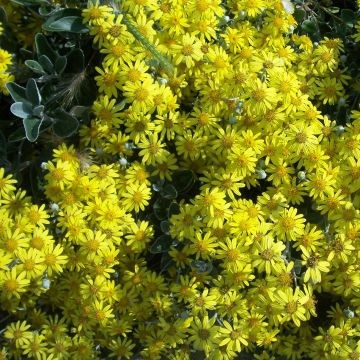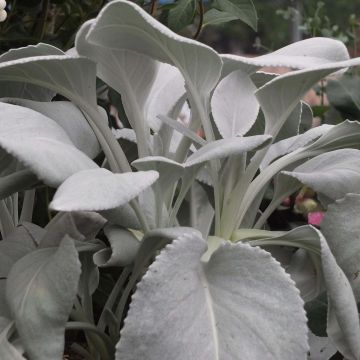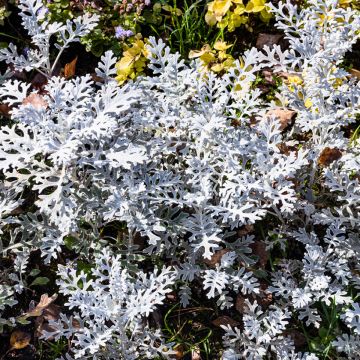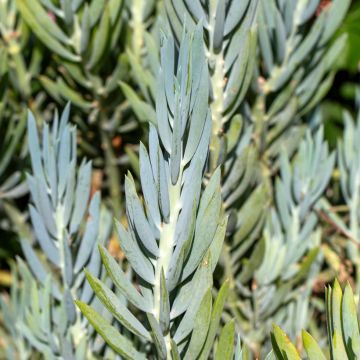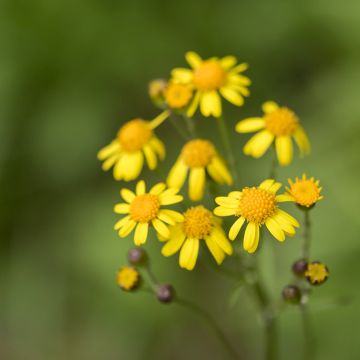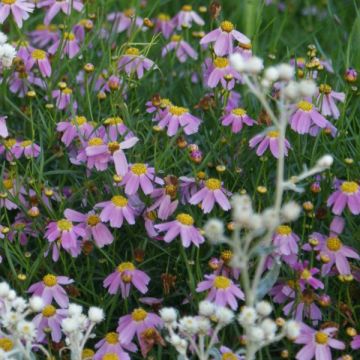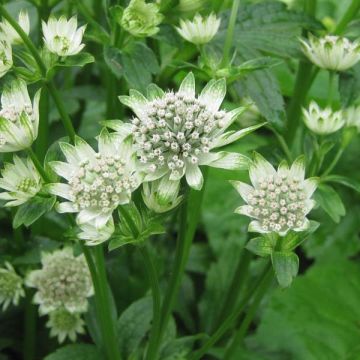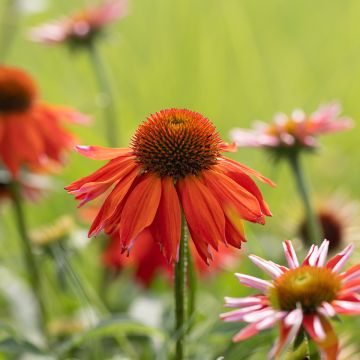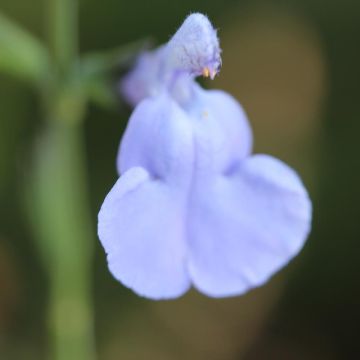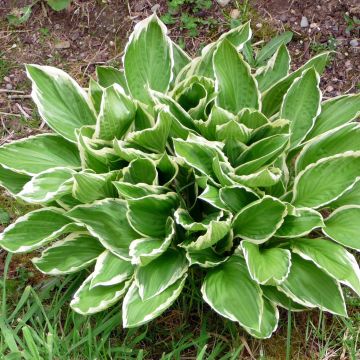

Senecio polyodon
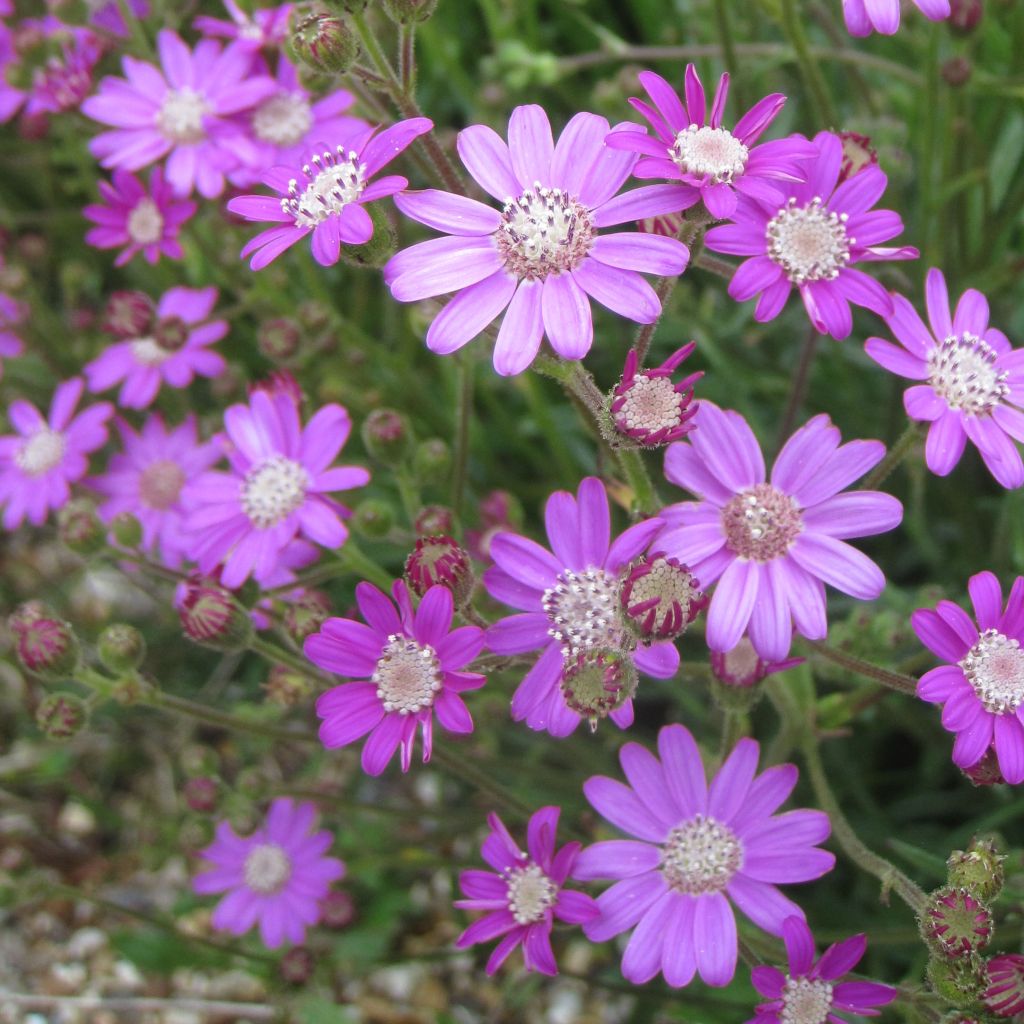

Senecio polyodon
Senecio polyodon
Senecio polyodon
Pink Ragwort
The young plant arrived in early September looking a bit scrawny... I planted it. It disappeared over the winter, but I think I can see it sprouting now at the start of spring... Time will tell.
Sylviane, 23/03/2025
Special offer!
Receive a €20 voucher for any order over €90 (excluding delivery costs, credit notes, and plastic-free options)!
1- Add your favorite plants to your cart.
2- Once you have reached €90, confirm your order (you can even choose the delivery date!).
3- As soon as your order is shipped, you will receive an email containing your voucher code, valid for 3 months (90 days).
Your voucher is unique and can only be used once, for any order with a minimum value of €20, excluding delivery costs.
Can be combined with other current offers, non-divisible and non-refundable.
Home or relay delivery (depending on size and destination)
Schedule delivery date,
and select date in basket
This plant carries a 12 months recovery warranty
More information
We guarantee the quality of our plants for a full growing cycle, and will replace at our expense any plant that fails to recover under normal climatic and planting conditions.
Would this plant suit my garden?
Set up your Plantfit profile →
Description
Senecio polyodon is a little-known, hardy, floriferous South African species of senecio. This small perennial is suitable for dry soil and sun and has abundant and long-lasting, small bright magenta pink daisies, carried by branched stems. After a short summer rest, it flowers again in September, on a lovely rounded tuft adorned with light green and evergreen foliage. Hardy down to -15°C (5°F) in well-drained soil, it perfectly withstands the driest summers. This plant is ideal for a dry garden or a scorching rockery. Its small bright pink flowers also make adorable bouquets.
Senecio polyodon is an evergreen perennial of the asteraceae family, originating from the provinces of Lesotho and Swaziland in South Africa, perfectly adapted to heat and summer drought. In the wild, this senecio is found in rocky or sandy, well-drained, often poor and limestone soil. The plant grows in tussocks, meaning it forms a mound of foliage, which regrows on its old roots, and decomposing dead leaves. Once mature, this perennial presents forms a compact, rounded clump, 30 cm (12in) tall and 50 cm (20in) wide. It will flower in summer (from June until frost) or spring with a second flowering in September, depending on the climate. The flowers are carried by branched stems 40 cm (16in) tall, tinged with beige, gathered in corymbs. They are small, daisies with a collar of bright pink petals surrounding a cream to pale yellow heart. The light vivid green leaves are simple, alternate, elliptical and stem-clasping with a toothed edge. The seeds disperse easily with the wind, self-seeding in light soil.
Senecio polyodon is an excellent perennial for dry gardens or coastal areas, in a rockery or gravel bed, or even as a border, with silver foliage plants such as artemisias, Centaurea pulcherrima, curry plant or Atriplex. It will create harmony with red salvias (shrubs or herbaceous), magenta columbines, blue cornflowers and perennial flax, or even Epilobium canum 'Western Hills' with orange trumpets all summer without maintenance or watering!
Report an error about the product description
Senecio polyodon in pictures
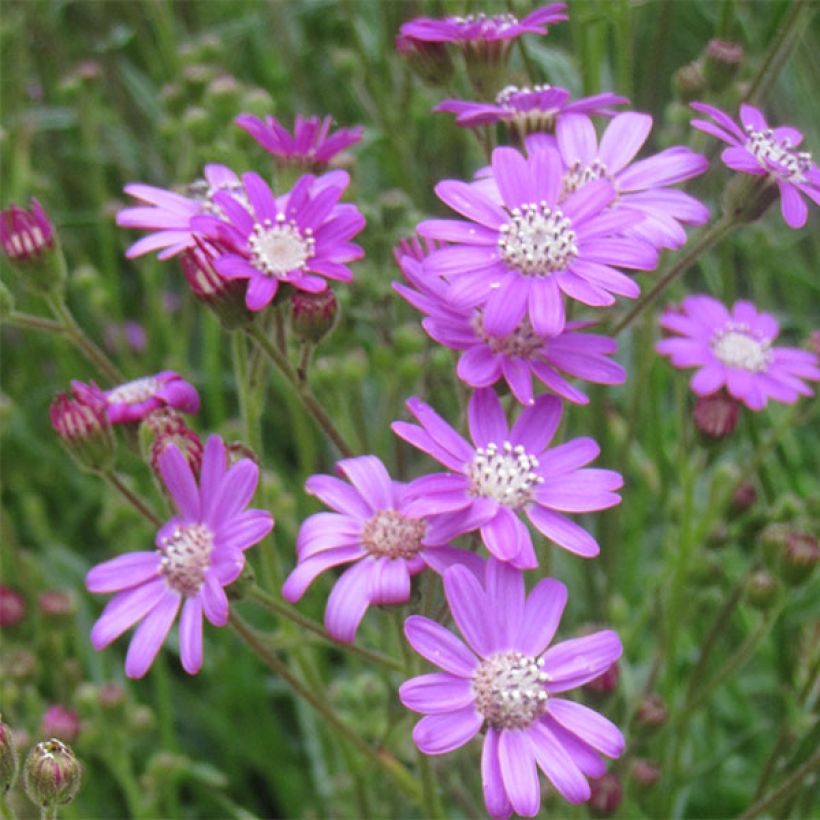

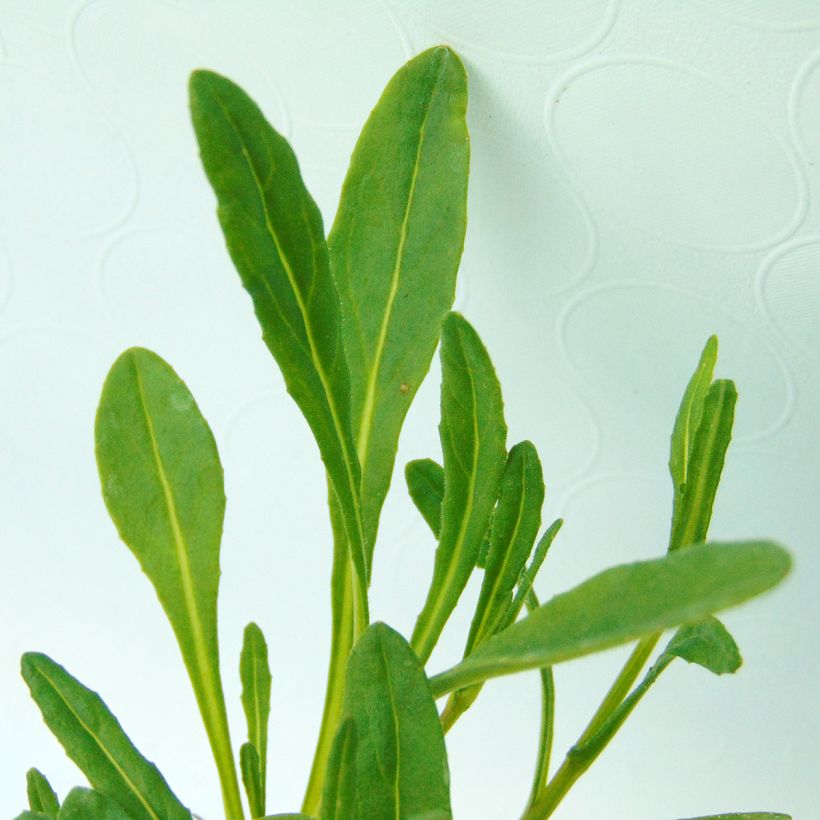

Flowering
Foliage
Plant habit
Botanical data
Senecio
polyodon
Asteraceae
Pink Ragwort
South Africa
Other Senecio
View all →Planting and care
Senecio polyodon is best planted in early autumn or spring, in well-drained, light, even chalky soil, dry in summer. In heavy soil, it is essential to add good draining materials like coarse sand or gravel to protect the crown from moisture. This plant will not survive winter in waterlogged soil. Choose a very sunny exposure, semi-shaded in warmer climates. Regularly remove faded flowers, especially at the end of the season. Cut back the clump in autumn.
Planting period
Intended location
Care
Planting & care advice
-
, onOrder confirmed
Reply from on Promesse de fleurs
Similar products
Haven't found what you were looking for?
Hardiness is the lowest winter temperature a plant can endure without suffering serious damage or even dying. However, hardiness is affected by location (a sheltered area, such as a patio), protection (winter cover) and soil type (hardiness is improved by well-drained soil).

Photo Sharing Terms & Conditions
In order to encourage gardeners to interact and share their experiences, Promesse de fleurs offers various media enabling content to be uploaded onto its Site - in particular via the ‘Photo sharing’ module.
The User agrees to refrain from:
- Posting any content that is illegal, prejudicial, insulting, racist, inciteful to hatred, revisionist, contrary to public decency, that infringes on privacy or on the privacy rights of third parties, in particular the publicity rights of persons and goods, intellectual property rights, or the right to privacy.
- Submitting content on behalf of a third party;
- Impersonate the identity of a third party and/or publish any personal information about a third party;
In general, the User undertakes to refrain from any unethical behaviour.
All Content (in particular text, comments, files, images, photos, videos, creative works, etc.), which may be subject to property or intellectual property rights, image or other private rights, shall remain the property of the User, subject to the limited rights granted by the terms of the licence granted by Promesse de fleurs as stated below. Users are at liberty to publish or not to publish such Content on the Site, notably via the ‘Photo Sharing’ facility, and accept that this Content shall be made public and freely accessible, notably on the Internet.
Users further acknowledge, undertake to have ,and guarantee that they hold all necessary rights and permissions to publish such material on the Site, in particular with regard to the legislation in force pertaining to any privacy, property, intellectual property, image, or contractual rights, or rights of any other nature. By publishing such Content on the Site, Users acknowledge accepting full liability as publishers of the Content within the meaning of the law, and grant Promesse de fleurs, free of charge, an inclusive, worldwide licence for the said Content for the entire duration of its publication, including all reproduction, representation, up/downloading, displaying, performing, transmission, and storage rights.
Users also grant permission for their name to be linked to the Content and accept that this link may not always be made available.
By engaging in posting material, Users consent to their Content becoming automatically accessible on the Internet, in particular on other sites and/or blogs and/or web pages of the Promesse de fleurs site, including in particular social pages and the Promesse de fleurs catalogue.
Users may secure the removal of entrusted content free of charge by issuing a simple request via our contact form.
The flowering period indicated on our website applies to countries and regions located in USDA zone 8 (France, the United Kingdom, Ireland, the Netherlands, etc.)
It will vary according to where you live:
- In zones 9 to 10 (Italy, Spain, Greece, etc.), flowering will occur about 2 to 4 weeks earlier.
- In zones 6 to 7 (Germany, Poland, Slovenia, and lower mountainous regions), flowering will be delayed by 2 to 3 weeks.
- In zone 5 (Central Europe, Scandinavia), blooming will be delayed by 3 to 5 weeks.
In temperate climates, pruning of spring-flowering shrubs (forsythia, spireas, etc.) should be done just after flowering.
Pruning of summer-flowering shrubs (Indian Lilac, Perovskia, etc.) can be done in winter or spring.
In cold regions as well as with frost-sensitive plants, avoid pruning too early when severe frosts may still occur.
The planting period indicated on our website applies to countries and regions located in USDA zone 8 (France, United Kingdom, Ireland, Netherlands).
It will vary according to where you live:
- In Mediterranean zones (Marseille, Madrid, Milan, etc.), autumn and winter are the best planting periods.
- In continental zones (Strasbourg, Munich, Vienna, etc.), delay planting by 2 to 3 weeks in spring and bring it forward by 2 to 4 weeks in autumn.
- In mountainous regions (the Alps, Pyrenees, Carpathians, etc.), it is best to plant in late spring (May-June) or late summer (August-September).
The harvesting period indicated on our website applies to countries and regions in USDA zone 8 (France, England, Ireland, the Netherlands).
In colder areas (Scandinavia, Poland, Austria...) fruit and vegetable harvests are likely to be delayed by 3-4 weeks.
In warmer areas (Italy, Spain, Greece, etc.), harvesting will probably take place earlier, depending on weather conditions.
The sowing periods indicated on our website apply to countries and regions within USDA Zone 8 (France, UK, Ireland, Netherlands).
In colder areas (Scandinavia, Poland, Austria...), delay any outdoor sowing by 3-4 weeks, or sow under glass.
In warmer climes (Italy, Spain, Greece, etc.), bring outdoor sowing forward by a few weeks.






























